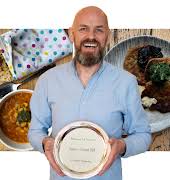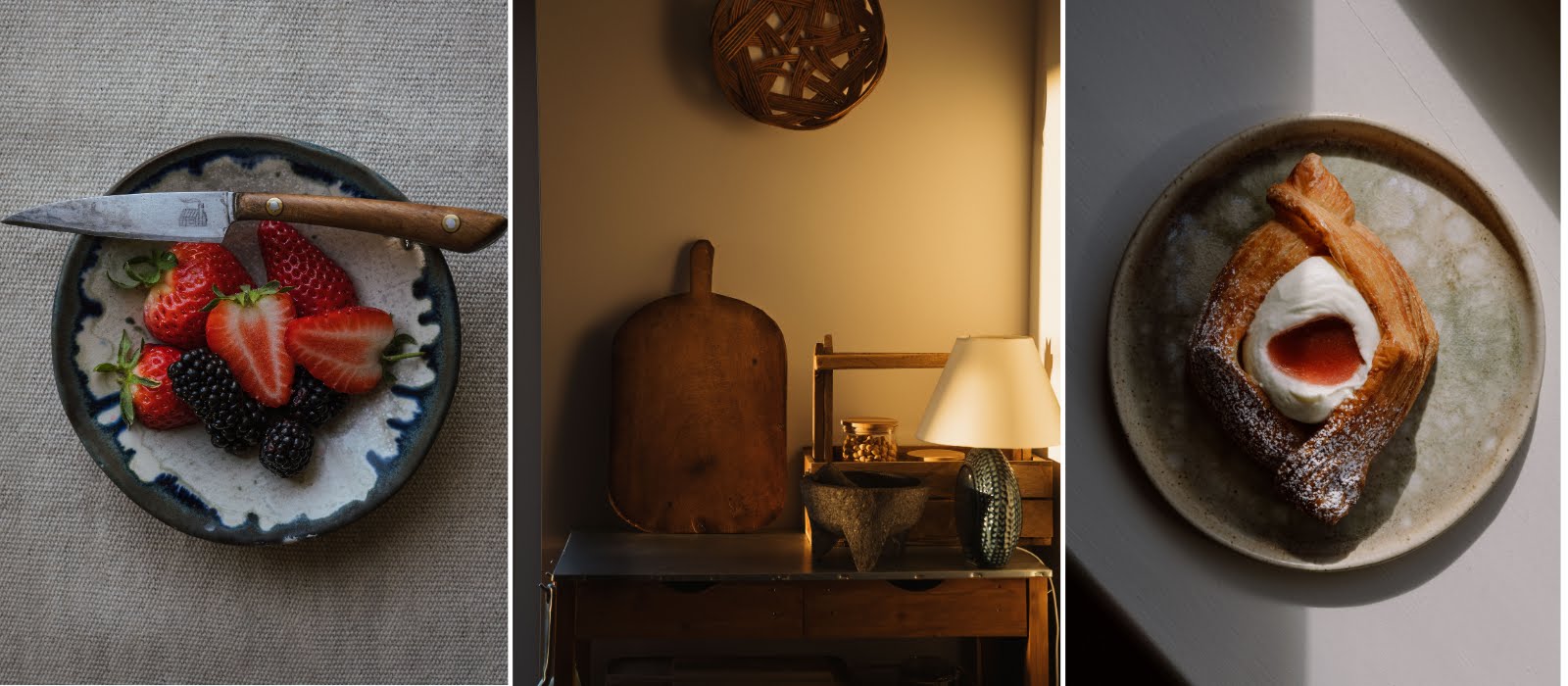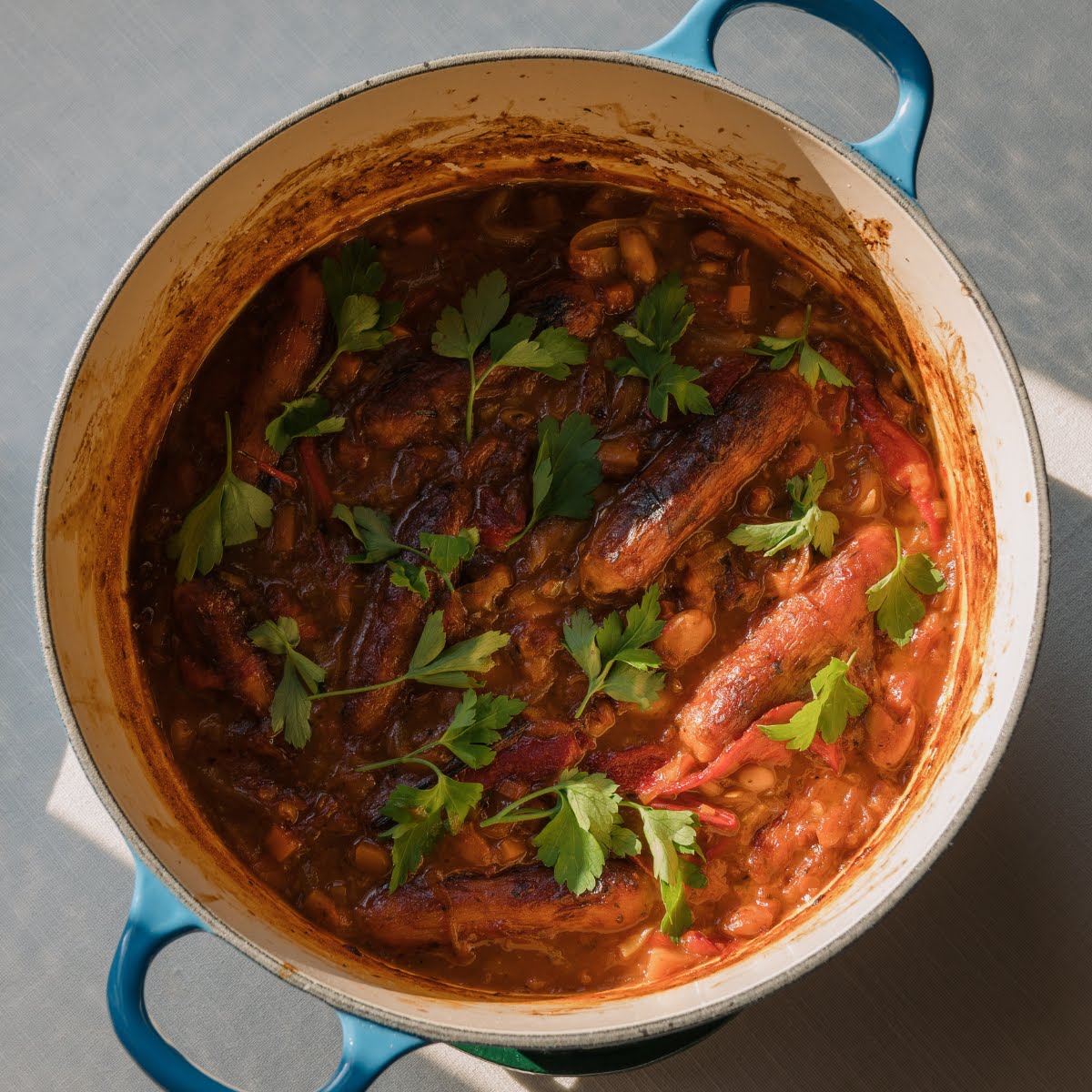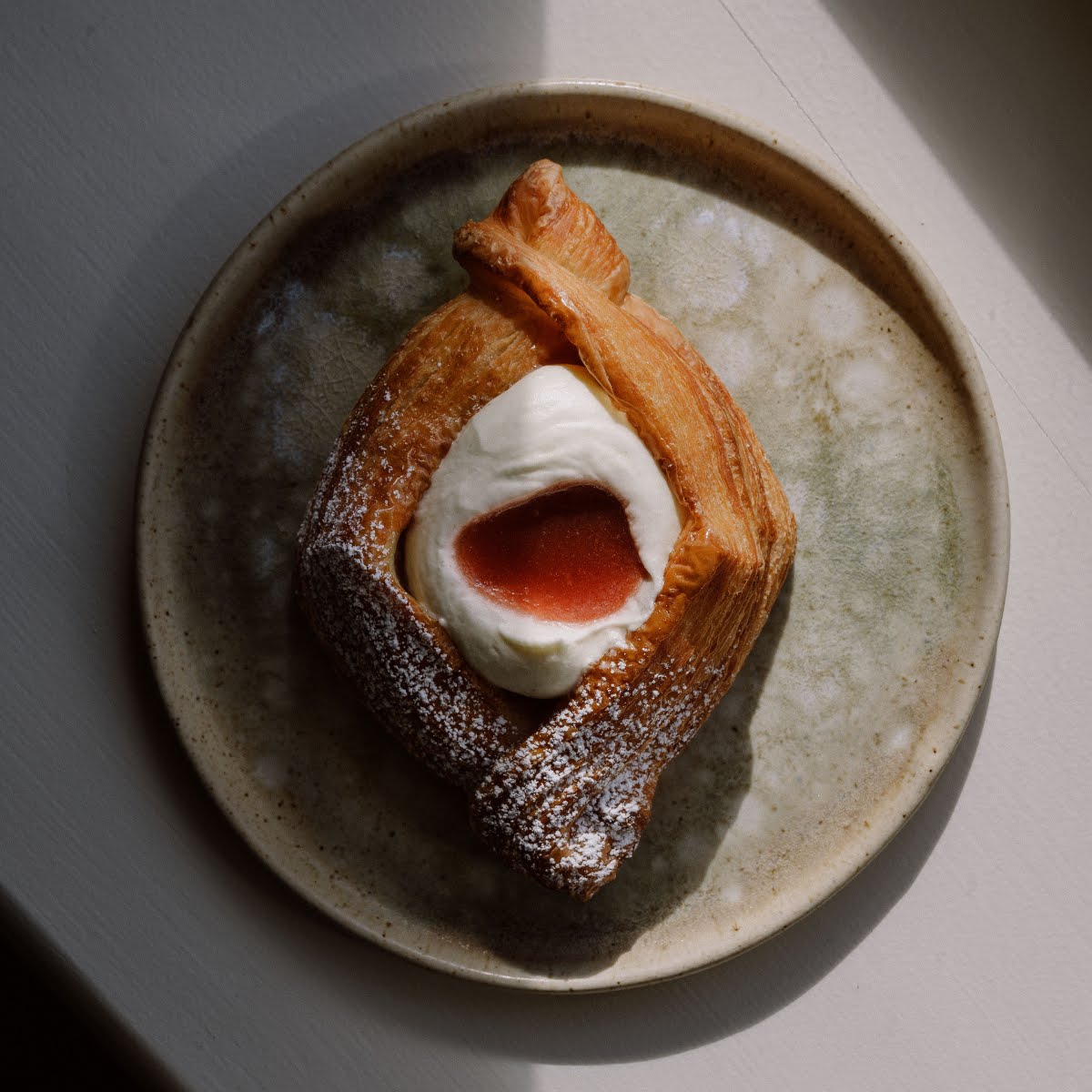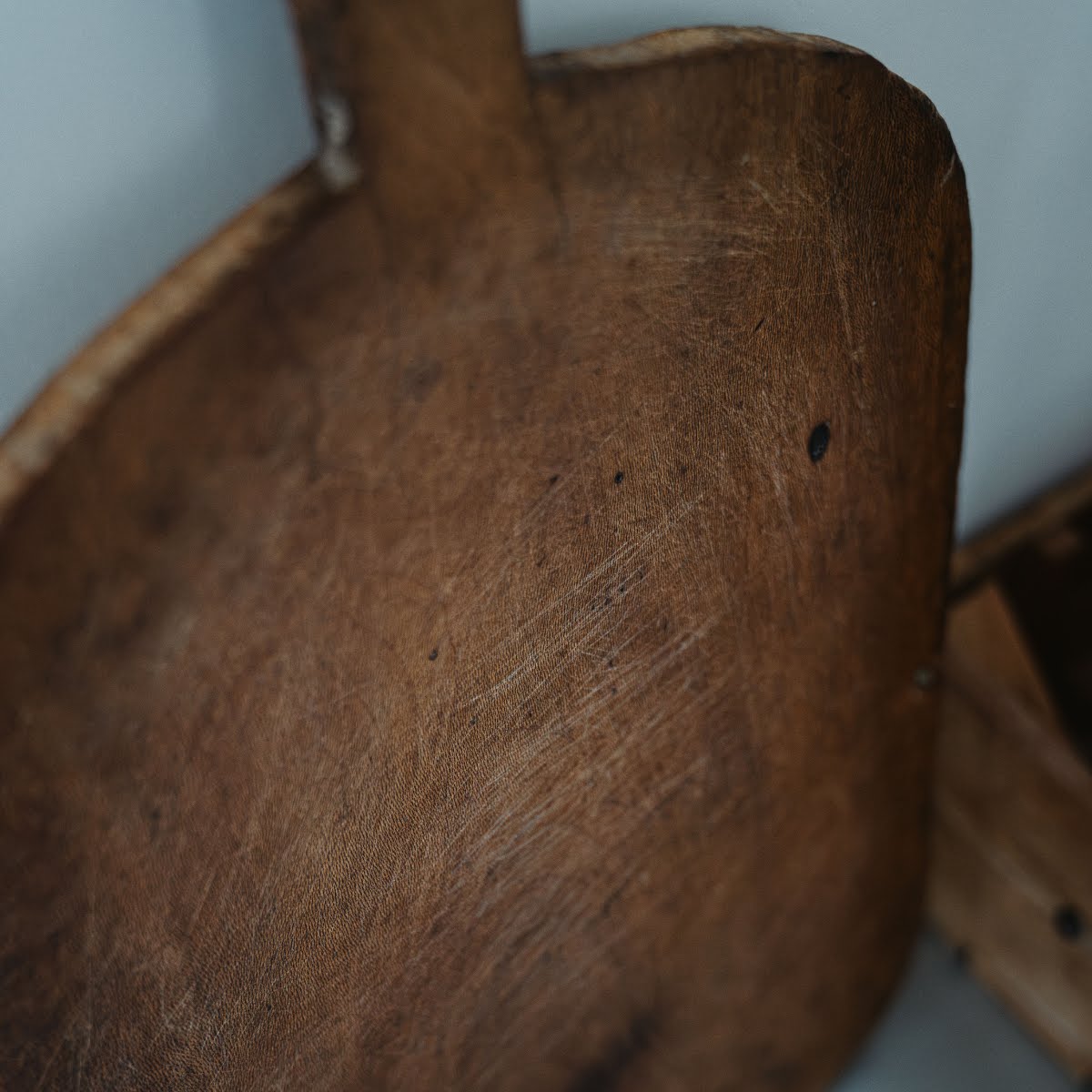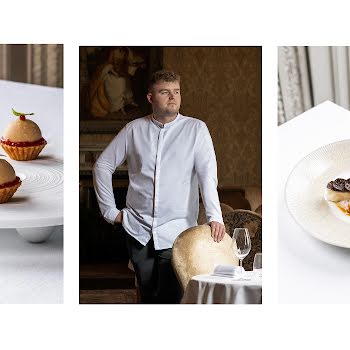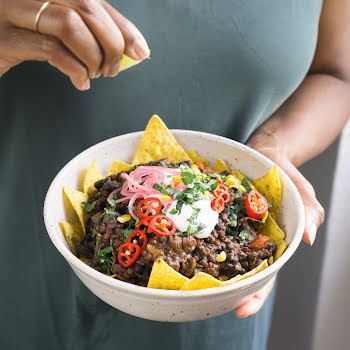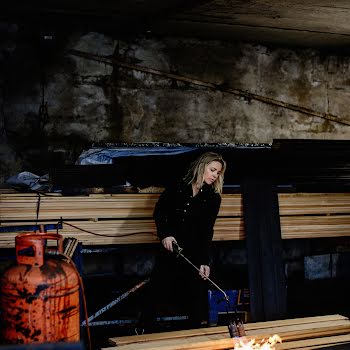
Photography by James Gabriel Martin
The intrinsic magic of everyday things
From family heirlooms to cooking tools that we use every day, over time household items can take on a special energy and meaning. James Gabriel Martin of Leviathan discusses what makes us so attached to certain objects.
Every family has at least one item in their kitchen that has seemingly existed forever. Its origins may be unclear, lost to time, or conversely, it may have a long and storied history behind it. It could be a battle-worn utensil, proud and distinguished following years of service, its exact size, shape and weight in the hand burned into the muscle memory of everyone in the house.
It may be a decorative piece that has rested on a mantle or shelf through birthdays, weddings, graduations and funerals. Times of merriment and joy, distress and loss. Through everything these items are ever present, sitting in silent contemplation. Witnesses to it all.
Objects such as these have an inherent charm. An energy seems to flow into them over time, imbuing them with something divine. This is especially true of kitchen items, with their functionality and frequent use adding another layer of importance to their roles in our lives.
I frequently think of the large enamel casserole dish in my parent’s house, its vibrant red belly and heavy lid a perfect match to the Aga cooker, the centre of the home that everyone always gravitates towards to warm up. Countless dinners were made in and dished from it, and so it has served as the genesis of many important memories and shared experiences around a table. Because of this, it has come to symbolise something almost mythical in my head. A vessel of nourishment and togetherness.
Consumerism and convenience have walked us far away from passion and skill and I think, ultimately, care and responsibility.
A few years ago I bought myself a blue one, the exact size and shape as the original, with the idea of carrying on the tradition of preparing communal meals in a mindful way. The intentionality that I bring to its use and what it represents has made the object of greater significance to me.
This feeling becomes even stronger with heirlooms or gifts, passed on or given by those close to us. The act of remembering is directly built in to the item’s physical presence, with a feeling of connection that links us to the giver. We also become aware of the contrast between the time that has passed and the new chapters that lie ahead in our own lives as we become guardians of these items.
My mother recently gave me a small triangular hand broom for my kitchen. She happened to spot it while on a trip and thought of me. It’s made from palm fibre and bound with cord. It cost around five euro. I love it. It sits on the counter beside my bread board, and I use it to brush up the crumbs before I drop them outside for the birds.
Every time I use it it makes me happy. I think of my mum, and how nice it is to in turn be thought of and known by those that love us. We can incorporate a small daily ritual of appreciation and gratitude simply by picking up an object that is part of our routine.
There is also something deeply personal about how we interact with objects in the kitchen. They play on our senses. The humble wooden spoon that clinks against the side of the dinner pot will inevitably end up in our mouths as we taste our work in progress. It’s hard to think of something more intimate.

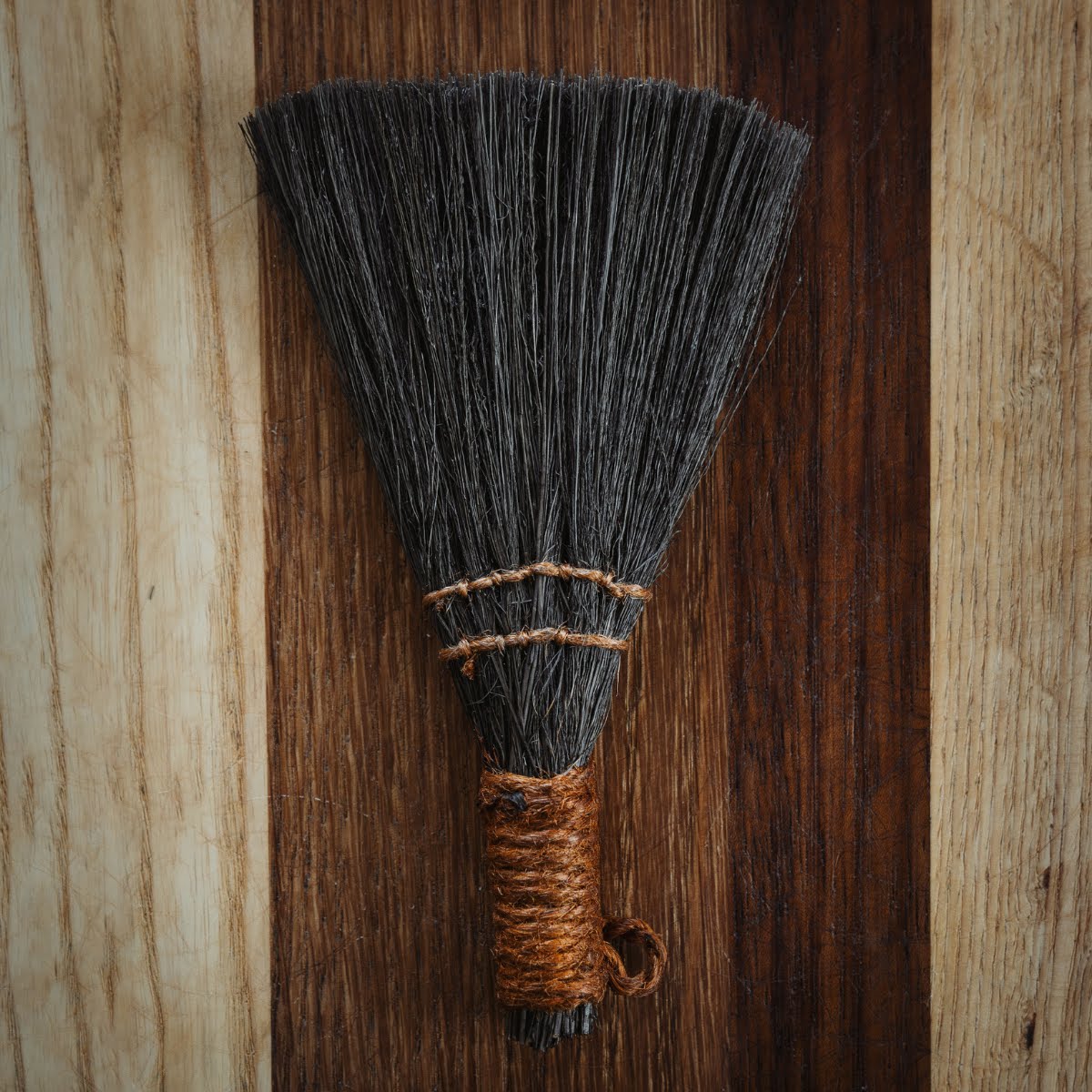
Hand crafters and artisan makers seem to be incredibly in tune with these ideas, and they often bring a wisdom to their work that incorporates a mastery of design and an understanding of ergonomics, an appreciation for quality materials, and a desire to make captivating things that will last a lifetime.
This is why so many of us are naturally drawn to handcrafted, well-made things. If you are going to use something every day, it makes sense to seek out the best version of it that has been created with a high level of appreciation and attention.
I brought this idea to Sam Gleeson, a bladesmith based in Co. Clare who forges his own knives from a diverse range of interesting materials under the project This Is What I Do. I asked him about his own process and approach, as well as his thoughts on the differences between handmade and mass-produced items.
“A handmade knife is a culmination of disciplines to produce a beautiful, functional tool to be used every day, an equation that will help bring sustenance, joy and full bellies,” Sam said. “It is about becoming comfortable with elemental forces, and an understanding of the materials — their behaviour, their strengths and weaknesses, their beauty and flaws. It’s as much about the process as it is about learning from the mistakes.”
“When you buy hand made you are tapping into all of this, you are sharing something with the maker, a real person who has put time, energy and love into something that you are going to own and cherish for a very long time,” Sam continued. “If you buy mass produced you miss all of this, and I think that’s a real shame. Consumerism and convenience have walked us far away from passion and skill and I think, ultimately, care and responsibility.”



